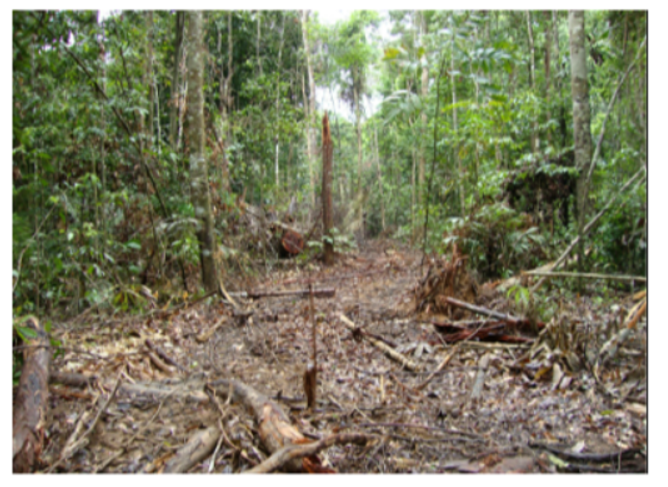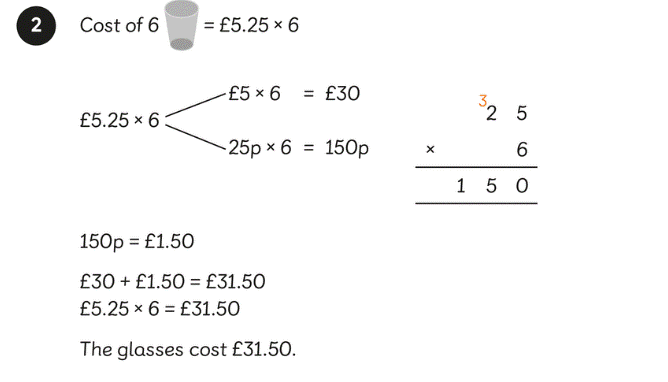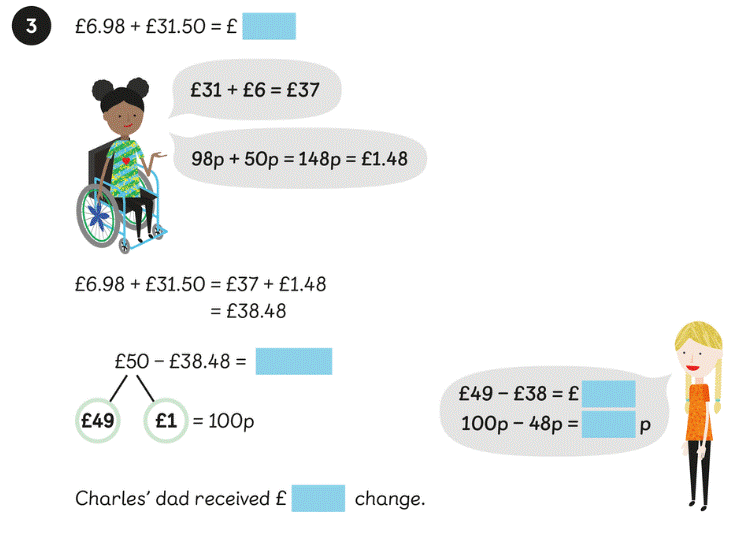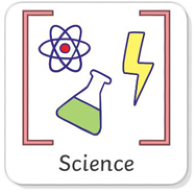Thursday

Thursday 28th March 2025
LC: To identify, collect and effectively use pronouns to talk like an expert on climate change.
Below are 6 key pieces of information about the effects of climate change from the working wall, you will be using the pictures that accompany these pieces of information to orally rehearse the effects of climate change and talk like an expert.
The effects of climate change on humans and animals.
- destroys human and animal homes- extreme weather events forest fires, floods heatwaves and droughts
- impacts our ability to grow food crops, access to clean drinking water, increasing spread of diseases
- melting polar ice caps- water absorbs warmth from the sun which white ice would've reflected back into space- increases the temperature of our planet.
- fresh water from melting ice sheets changes ocean currents causing sea levels to rise -causes land to flood damaging human and animal habitats
- sea ice is melting- polar bears need sea ice to hunt and have their cubs
- deforestation- dying trees release their store of Co2 which goes up to the atmosphere and animals and wild life who live in these trees lose their habitats
deforestation- dying trees release their store of Co2 which goes up to the atmosphere and animals and wild life who live in these trees lose their habitats.

impacts our ability to grow food crops, access to clean drinking water, increasing spread of diseases

Task: you will now use the six images to orally rehearse the sentences as modelled and talk like an expert, you can write your sentences and draw some pictures to help you remember the key facts.
LC: To explain what the effects of climate change are -modelled
LC: To explain the effect of climate change on polar bears- independent
Task 1: Following your teacher's model, write your paragraph on the effects of Climate Change.
Task 2: Orally rehearse the effects of climate change on Polar bears and write a paragraph on how climate change is affecting polar bears.
Loss of habitat
can't hunt successfully
number's are declining.
27.03.25
LC- To solve problems involving money.




Complete worksheet 6 pages 33 and 34.
Thursday 27th March 2025
LC- Can we create texture and shade using rubbings, colour washes and resist techniques?
Last week, we practised our skills of tearing, cutting, scrunching and twisting to make a layered collage.
Today, you will be completing 3 activities to develop 3 new skills that you can use in your own final collage.
These skills are:
Colour washes.

Rubbings of various items around our grounds that show texture.

Wax resist.

Thursday 27th MArch 2025
LC- To know how natural disasters affect living things.
Firstly, let's look at some natural disasters and understand what they are.
Now, we will look at some of these and how they affect living things.
Animals living in the wild are particularly vulnerable during natural disasters. Earthquakes, hurricanes, volcanic eruptions, tsunamis, and forest fires can have devastating consequences. Let’s explore how these events impact animals.
-
Earthquakes and Tsunamis:
- Earthquakes strike without warning and can shake both land and seabed. Animals may be displaced, swept away by high winds or rushing floodwaters, or trapped with no escape.
- Small animals can drown more easily, have their burrows flooded by heavy rains, or be crushed or burned.
- Displaced animals crowded together risk major outbreaks of disease and parasite infestations.
- Malnutrition and starvation due to limited food supplies become significant risks.
- Exposure to sun, cold, or wind without adequate shelter can also harm animals.
- Tsunamis can directly kill marine animals or affect water temperature and the amount of salt in the water, impacting their health
-
Hurricanes:
- Animals can be battered by strong winds, heavy rain, and flooding.
- Coastal habitats are particularly vulnerable, with marine animals facing the brunt of storm surges and high waves.
- Disruption of ecosystems and loss of food sources occur during and after hurricanes1.
-
Volcanic Eruptions and Fires:
- Animals may die from being drowned or buried alive by dirt, ash, lava, or snow.
- Burrows collapse or burn, crushing animals inside.
- Debris and temperature changes in water affect marine animals.
- Poisoning from contaminated food and water is a risk.
- Exposure to extreme heat or cold can harm animals1
- Landslides and Avalanches:
- Animals can be buried alive or crushed by falling debris.
- Displacement disrupts their habitats and food sources2.
-
Unusual Natural Events:
- Even mild events by human standards can be catastrophic for animals.
- Survival depends on species adaptations, life stage, breeding season, migratory behavior, and habitat.
- Animals with sharp senses or means of escape have better chances.
We would like you to make a poster to explain what you have learned. Set it out n a similar way to the image below. Don't copy it because the example is not about living things.
| Name of disaster | Picture of disaster. | The effect on living things. |









